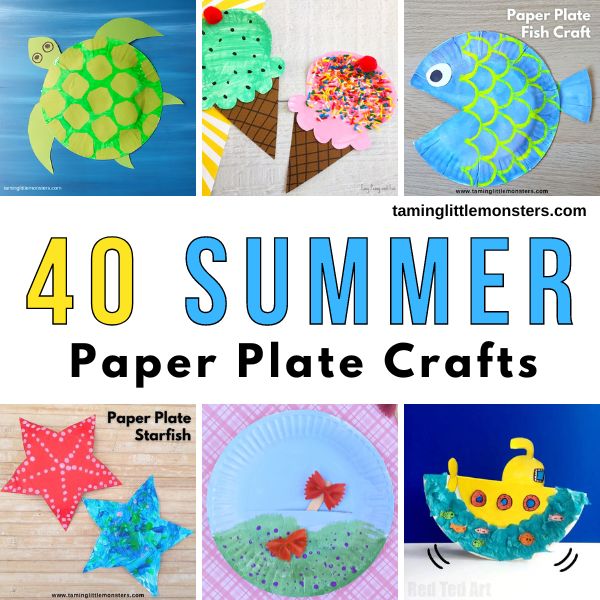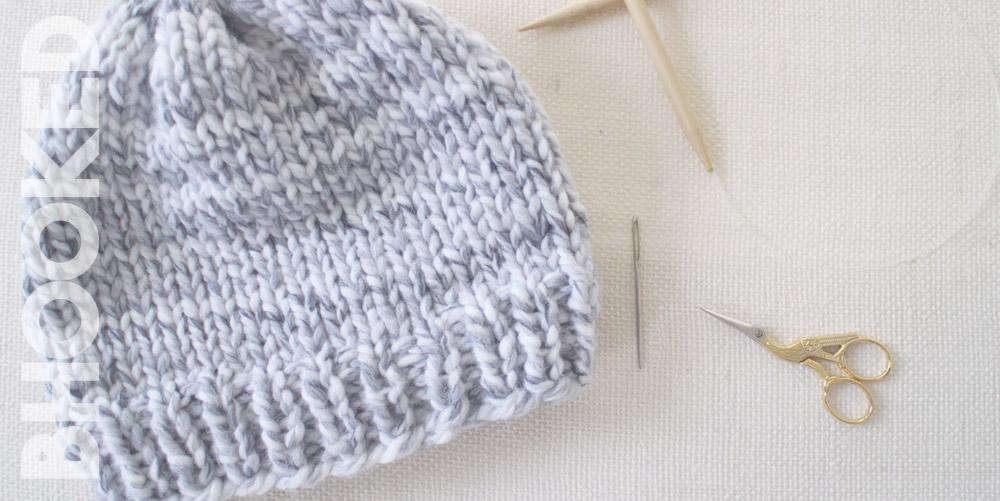
Pressed leaves are a great fall craft idea. This is accomplished by pressing the leaves against two layers of newspaper. You can also iron the leaves between pieces waxed newspaper to increase this effect. If you are going to iron the leaves, be sure to use a pressing paper to remove the wax. Once you have pressed the leaves, you can use permanent adhesive for attaching them to a pillow.
Hang a pumpkin wall decoration
This fall craft requires a weaving cloth. The center pumpkin oval should be placed on the cloth. Next, use the matching embroidery floss to create a running stitch along the edges. Continue stitching along the sides and bottom until the center pumpkin oval is completed. Next, print the silhouette of a Pumpkin on an 8x11 paper or 11x17 piece. Google Images and other online resources can help you find the perfect silhouette. Next, use scissors to cut the silhouette of your pumpkin. Once you have your outline created, add a single leaf using a fishbone pattern.
Another option is to use felt to make a pumpkin wall decoration. You can make a felt wreath with many different types and colors of felt. This is a fantastic way to make use of leftover felt. The wreath will have a feeling of movement and the natural colors of the vines and leaves will shine through. An easy way to get rid of old planks is to make a wooden pumpkin. The wood can be left outside or can be distressed manually.

Make a pumpkin popsiclestick craft
Popsicle sticks are a great way to make a pumpkin. First, cut the popsicle sticks in half to make a pumpkin. Then, cut a small fake leaf and stick it onto the pumpkin. You can then decorate the pumpkin with faux leaves once the glue dries.
Once the sticks have dried, you can trace a pumpkin shape onto paper. A pencil can be used to trace the outline. Finally, you can cut it with scissors.
Place a pumpkin centerpiece
Fall is a great season for crafting. Making a centerpiece from pumpkins is a great way of incorporating color into your decor. You can make a felt wreath in just a few minutes. This is a no-sew project that can be made with felt colors from your home. A textured wreath will give your Pumpkin movement. The natural colors of the vines or leaves will enhance the pumpkin's appeal. You can also make a wooden plank pumpkin. If you have some leftover planks from your garage, you can easily make this one. After distressing it, you can either leave it outside or use your hand to make it look natural.
Trimmed twigs can make your pumpkin centerpiece look rustic. For the pumpkin's stem, use a thick twig. A small bow of twine is a good idea. Grapevine is also a great option for this project. It is affordable and adds an rustic touch to your decor. To make a stunning wreath for fall, you can use faux mums, dried flowers, or mini white pumpkins.

Make a leaf wreath
Fall crafts don't have to be expensive. You can make a leaf wreath. You can hang it from the doorway or mantle. You can also attach it on a wall. Simple garland can be a lovely decoration for your home. The warm autumn colours will make your home feel cozy and welcoming.
A leaf garland can be easily made from paper. This is a great way to decorate your home and it's simple to make. Origami paper is a great way to create a fall-themed garland. First, trace a pattern on a piece paper. Next, trace your pattern with a sharpie. Make sure you use the exact same color sharpie on each leaf. A dark or black sharpie can be used to draw veins if needed.
FAQ
What hobbies are best for introverts and what types of hobbies would they enjoy?
Introverts are able to concentrate on one thing at once. They prefer solitude, such as reading, writing music, or watching movies.
They also love to spend quiet time by themselves. They don't enjoy being social all day. They often feel bored when they are surrounded by people.
Introverts may choose to do hobbies that are more alone-oriented. An introvert might like to read, listen to music, take photographs, paint, write poetry, or even create art.
Introverts may even prefer to live alone. They can concentrate on their hobby without being distracted.
What are collection hobbies?
The most sought-after collections are books and movies, music, comics as well as comics, videos games, sports equipment, toys, and others.
Also, you can collect anything: stamps, coin to cars, dolls to action figure to model kit to figurines to art materials to tools to cook utensils and jewelry to watches to jewellery to appliances to clothes to furniture or antiques to...
You get it?
What are some competitive hobbies?
You can compete in running, swimming or cycling as well golfing or tennis.
They're usually played by people who enjoy physical activity but also provide an opportunity for social interaction.
You'll likely find others who are interested in your hobby if it involves physical activity.
This may mean joining a club or group where you meet regularly to play sports together.
Participating in group games, which involve playing alongside others, is another option.
These include soccer (soccer), rugby, netball and hockey.
There are many kinds of competition.
Some competitions are only for recreational purposes.
Others are meant to test competitors' skills.
Others are also designed to reward exceptional performance.
In these cases, the winners receive prizes.
Other competitions are intended to test strength and stamina.
These are known as endurance events.
For example, marathon races, triathlons, Ironman Triathlon, etc.
Athletes train hard before they compete in these events.
To prepare their bodies and minds, they will have to adhere to a strict training plan.
They might also need to be away from their homes during preparation.
It's important not to forget that not all athletes are able to compete in every type event.
How much does a hobby cost you?
It costs nothing to start a hobby. It can take many years to accomplish what you desire if you are serious about it.
But there is one thing you can do to help yourself. It's called "passion." If you are passionate about what you do, it will be easier to work hard and make progress.
After you've put in hours, you might become addicted. This is when the real fun begins. Because you now enjoy what you do and are improving your skills every day. You'll probably see a substantial improvement by the end.
Do not worry about the time it takes. Just go ahead and try. You might be surprised at the results!
How do I get started with my new hobby?
The first step toward starting any new hobby is to decide what kind of activity you'd like to pursue.
Once you have decided on your subject, passion is the key.
Understanding why you are interested in a hobby is important. This will help you to find your purpose and direction.
Once you've chosen the hobby you would like to pursue you can start planning.
Take a look at the equipment you will need.
You should consider whether or not you will need to take classes or attend seminars.
You must ensure you have enough room for your hobby.
Consider joining a club, or group. These groups often offer advice and support.
The last thing you should do is think about how much money it would cost to pursue your hobby.
Statistics
- Studies show that just six minutes of reading can reduce stress levels by 60 percent. (oberlo.com)
- In comparison, men in the “no humor” condition were refused 84.6% of the time and were only accepted 15.4% of the time. (time.com)
- Much of this decline reflects the fact that teens are less likely to work today than in the past; among employed teens, the amount of time spent working is not much different now than it was around 2005. (pewresearch.org)
- Almost 80% of people claim to have no hobby. (hobbylark.com)
- 37% Video Games 36% Travel 36% Health and Fitness (quizexpo.com)
External Links
How To
How to start gardening
Gardening is one of the oldest forms of agriculture. It requires patience, persistence and determination. The first step to starting a garden is to pick a spot where you will grow food. It could be large land, or just your backyard. Next, pick the type of plants that you would like. Do you prefer vegetables, or flowers? Some people are passionate about growing herbs, while others like raising livestock like rabbits. Before you decide which crops you will plant, consider the amount of space you have. If your climate is cold, you may decide to plant berries and fruits.
After choosing what you want to plant you need to prepare your soil. The soil is crucial in determining whether your plants thrive or not. Organic matter is essential for the health and well-being of your plants. Organic matter is made up of leaves, twigs grass clippings, manure and compost. After you have prepared the soil, you will need to add nutrients. The type of plant you intend to grow will dictate the amount of nutrients you need. Online fertilizer calculators can be used to determine these values. Many fertilizers are available, so make sure you know what you are buying.
After you have prepared the soil and added nutrients, it is time to wait for your seeds germination. This process usually takes anywhere from 2 weeks to 3 months, depending on the weather and the temperature in your area. Once your seeds are sprouted, you must water them regularly. Problems can arise if you water your plants too frequently or too little. Ensure you give your plants enough water at regular intervals and avoid overwatering. Overwatering could lead to root rot as well as fungal diseases. Consider that plants generally need less water in the warmer months than they do in winter. Keep in mind that certain plants may need to be dried after being watered. Tomatoes for instance need to remain slightly moist, but not wet. They won't tolerate soggy soil. After the plants have finished flowering they must go dormant. When plants stop producing new growth, they go dormant and start storing energy for next season's harvest. The plant ceases sending signals to its roots to produce food during dormancy. Throughout this period, the plant stores energy. However, if the temperatures drop below freezing and there isn't enough sunlight, the plant will go to sleep.
You may be limited in what plants you can grow if you live in an urban area. Concrete sidewalks, roads, buildings and parking lots are all common in urban areas. These blocks block sunlight from reaching ground level. Concrete absorbs light, preventing the soil underneath from getting adequate sun exposure. Many plants can't survive in urban environments due to lack of sunlight. However, many plants can still thrive in urban environments. Many trees, shrubs, perennials, and other plants can adapt to urban life. Many annuals can also grow indoors in pots. You can grow fresh greenery year-round in containers.
Now you're ready to plant.